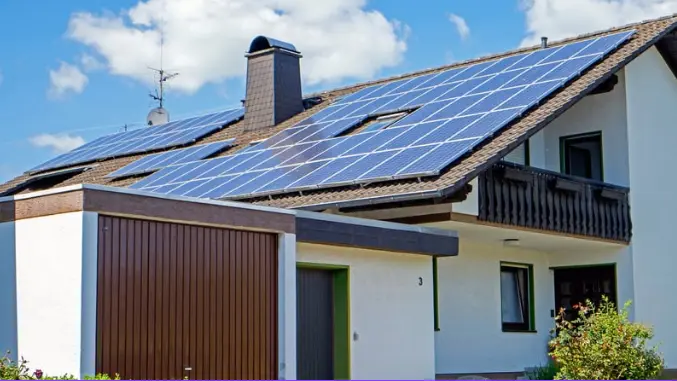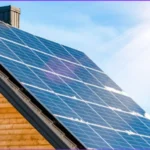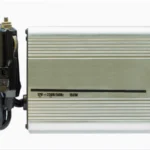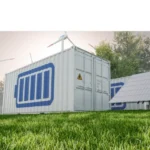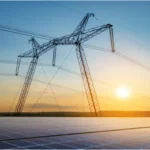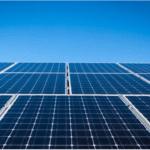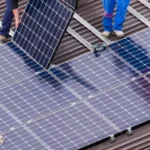Many homeowners ask, how many solar panels to power a house? It’s a smart and important question—especially now that more people are switching to clean, affordable energy. Whether you’re thinking about saving money, protecting the planet, or becoming more energy-independent, solar power is a great choice.
But to go solar, you first need to know how much power your home uses and how many panels it will take to meet that need. This guide explains everything simply and clearly—how solar works, how much energy your home uses, and how to calculate the number of panels needed. We’ll also talk about cost, installation, and savings. By the end, you’ll understand exactly how many solar panels power a house.
How Solar Panels Work
What Do Solar Panels Do?
Solar panels take energy from the sun and turn it into electricity. This is done through photovoltaic (PV) cells inside each panel. When sunlight hits the PV cells, they make electricity that powers your lights, fans, refrigerator, and more.
What Is a Panel’s Watt Rating?
How many solar panels to power a house?Every solar panel has a watt rating. Most home panels are between 300 and 400 watts. This tells you how much electricity one panel can make in full sunlight in one hour. For example, a 350-watt panel in a place with 5 sunpower hours a day will make about 1.75 kWh of electricity per day.
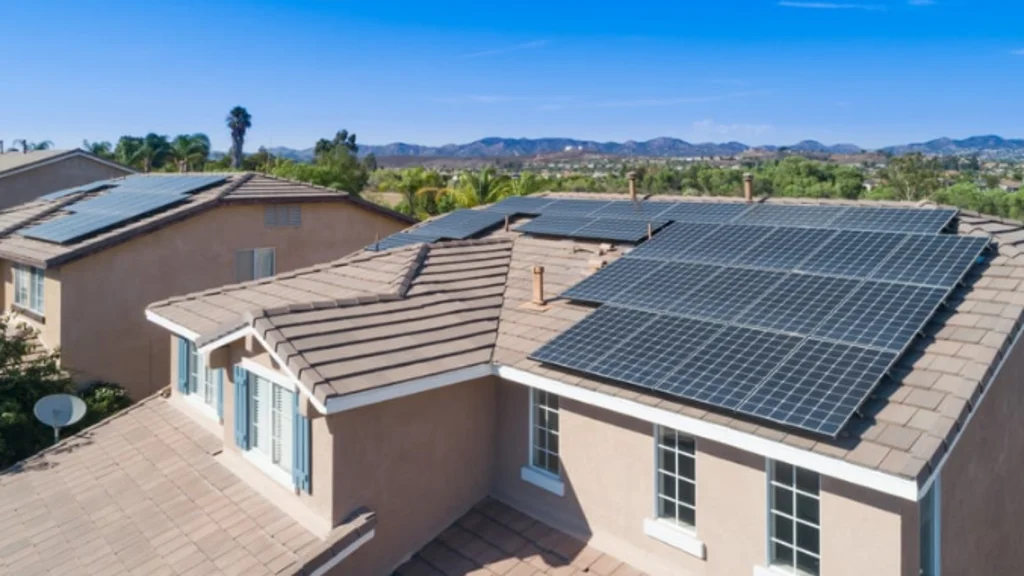
Step 1: Know Your Home’s Electricity Use
How Much Electricity Does a House Use?
To know how many solar panels to power a house, start with your electricity bill. It shows how many kilowatt-hours (kWh) you use every month or year.
Here are some average numbers:
- Small apartment: 5,000–6,000 kWh/year
- Medium home: 8,000–12,000 kWh/year
- Large home with AC and electric appliances: 15,000–20,000+ kWh/year
Let’s say your home uses 12,000 kWh per year. That number helps us calculate the right system size.
Step 2: Understand Sunlight in Your Area
What Are Peak Sun Hours?
Sunlight affects how many panels you need. Areas like Arizona and California get more sunlight than places like Washington or Michigan. Solar installers measure this in “peak sun hours.”
A home in a sunny place might get 5.5–6 sun hours a day. Cloudy areas may get only 3.5–4.5 hours. The more sunlight you get, the fewer panels you’ll need to make enough electricity.
Step 3: Panel Power and Efficiency
Using the Right Panel Size
If you choose 350-watt solar panels and get 5 hours of sun a day, one panel makes about 1.75 kWh/day, or about 639 kWh/year.
If your home uses 12,000 kWh/year:
CopyEdit
12,000 ÷ 639 ≈ 18.78 panels
You would need around 19 panels to power your house. If you use 300-watt panels, you’d need closer to 22 panels.
Step 4: Roof Space and Panel Layout
Do You Have Enough Space?
Each solar panel kits takes up around 17–18 square feet. So 20 panels would need around 340–360 square feet of roof space. The panels must face the sun and not be blocked by trees or buildings.
If you have limited space, you can use higher-efficiency solar panels that make more power per panel, so you use fewer panels overall.
Step 5: How Much Do Solar Panels Cost?
Average Costs in the U.S.
How many solar panels to power a house? The total cost of a solar system depends on size, location, and the panels you choose. Here’s what a typical system might look like:
- System Size: 7 kW
- Panels: 20 panels (350 watts each)
- Cost per watt: $2.50–$3.50
- Total Cost: $17,500–$24,500
- After 30% Federal Tax Credit: $12,250–$17,150
Some states offer extra rebates, which lower your cost even more.

Real-Life Example: The Ali Family in Texas
The Ali family lives in a 2,500-square-foot home in Houston. They use around 14,000 kWh per year and installed a 10 kW system with 28 panels of 360 watts each.
- System cost before incentives: $28,000
- Federal tax credit (30%): -$8,400
- Final cost: $19,600
- Monthly bill before solar: $200+
- Monthly bill after solar: Around $10–$20
The family now saves over $2,000 each year. They expect full payback in less than 10 years.
Solar Installation and Maintenance
What Happens During Installation?
Installers inspect your roof, create a system plan, get permits, and install your system—usually in 1 to 3 days. After installation, they connect your system to the grid and set up monitoring.
Is Maintenance Hard?
Not at all! a sunpower Solar panels need little care. Just wash them with water once or twice a year to remove dust. Most panels have a 25-year warranty and come with free monitoring apps.
What If You Own an Electric Vehicle?
Add Panels for EV Charging
If you own an electric car, you’ll use more power. EVs usually add 3,000–4,000 kWh of electricity use per year. That means you may need 5–7 more solar panels to keep your energy bill low or zero.
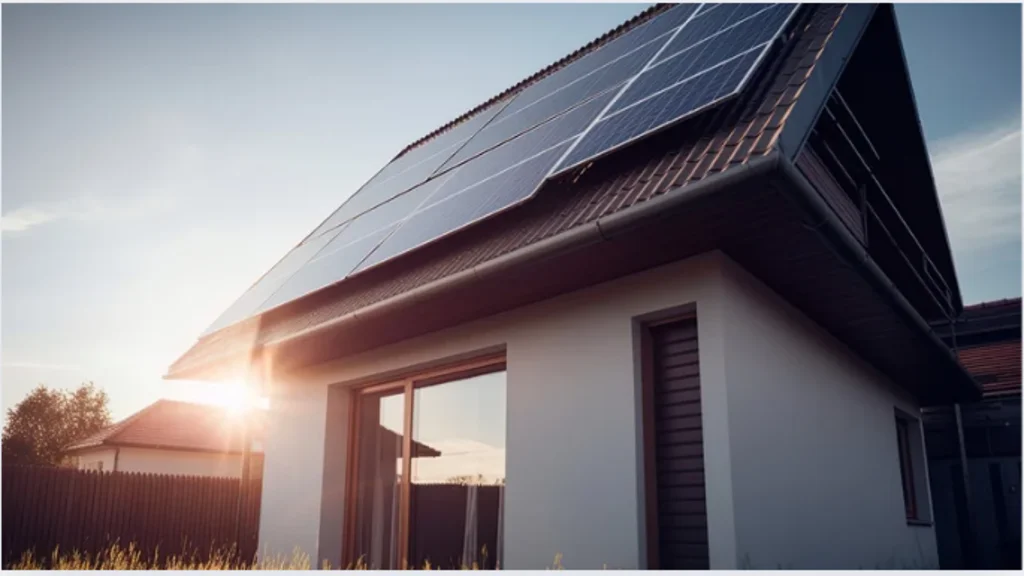
Frequently Asked Questions
How many solar panels does my house need?
It depends on how much electricity you use. Most homes need 15–30 panels to fully power the home.
How much solar do I need for my house?
First, find your yearly electricity use. Then divide that number by what one panel produces per year.
How many solar panels to run a house in a cloudy area?
You may need 10–20% more panels if you get less sunlight than sunny states.
How much solar panel required for home with 2 floors?
The number of floors doesn’t matter. It depends on how much energy you use, not the number of floors.
How much solar panels to power a house with pool and AC?
High-use homes like these may need 25–35 panels, depending on sun hours and panel wattage.
Conclusion: How Many Solar Panels to Power a House
So, how many solar panels to power a house? The answer depends on how much energy you use, how much sunlight your roof gets, and what kind of panels you choose. On average, homes need between 18 to 28 panels to fully cover their electricity needs.
Knowing your electricity use and sun hours helps you get the perfect system size. With solar, you’ll save money, increase your home’s value, and enjoy clean, green energy for 25+ year.

